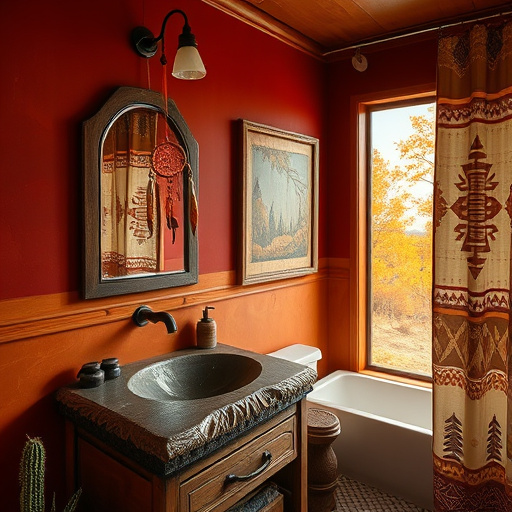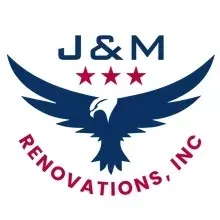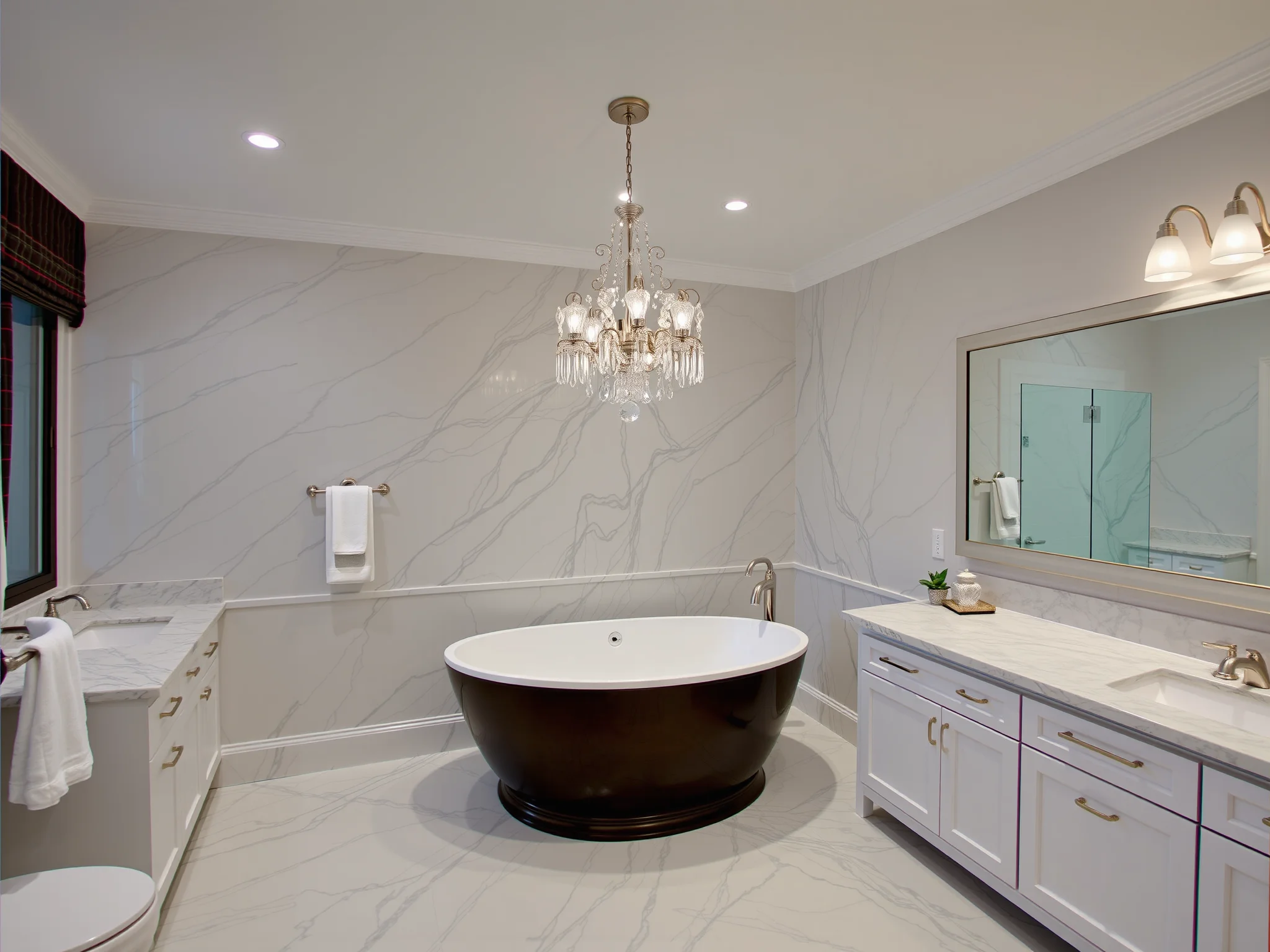
What to Do About Bathroom Mold During Renovations: Tips
What Are The First Signs of Bathroom Mold During Renovations?
Identifying bathroom mold early is crucial to preventing health issues and structural damage. Common signs include musty odors, visible discoloration on walls, ceilings, or grout lines, and peeling or bubbled paint. During renovations, moisture tends to increase due to demolition or plumbing work, creating an ideal environment for mold spores to thrive. Being vigilant allows homeowners and contractors to address issues before they escalate, ensuring a safer and more hygienic renovation process.
Why Is It Important to Address Bathroom Mold During Renovations?
Mold exposure can lead to respiratory problems, allergic reactions, and aggravate pre-existing health conditions. Unaddressed mold can also weaken bathroom structures over time, resulting in costly repairs down the line. Incorporating mold prevention and remediation into your renovation plan not only preserves the integrity of your home but also safeguards the health of everyone who lives there. Proactively managing mold during renovations helps achieve a cleaner, healthier living environment.
What Are the Key Steps to Address Bathroom Mold During Renovations?
Addressing bathroom mold effectively involves a comprehensive approach, integrating careful assessment, proper removal techniques, and preventative measures. Below are essential steps to guide you through the process:
- Conduct a Thorough Mold Inspection: Before beginning renovation activities, hire professionals to assess the extent of mold presence. This inspection helps determine whether mold is hidden behind walls or under flooring, guiding your remediation strategy.
- Identify and Fix Moisture Sources: Mold thrives in moist environments. During renovations, it’s critical to identify sources of excess moisture, such as leaks, inadequate ventilation, or plumbing issues. Addressing these issues ensures mold does not recur post-renovation.
- Implement Proper Mold Removal Procedures: Use certified mold remediation techniques to remove mold safely and effectively. This typically involves isolating contaminated areas, using HEPA-filter vacuums, and employing antimicrobial agents that eliminate mold spores without damaging your home.
- Ensure Proper Ventilation and Airflow: Installing exhaust fans and improving ventilation can drastically reduce humidity and moisture levels. This is vital during and after renovations to prevent mold growth.
- Utilize Mold-Resistant Materials: During remodeling, opt for mold-resistant drywall, paints, and sealants. These materials help create a barrier against mold development, especially in high-moisture zones like bathrooms.
- Maintain a Dry Environment Post-Renovation: After renovations are complete, keep humidity levels low with dehumidifiers and ensure continued proper ventilation. Regularly monitor moisture levels to catch issues early.
Can Mold Be Hidden Behind Bathroom Walls During Renovations?
Absolutely. Mold often develops behind bathroom walls or under flooring where moisture accumulates unseen. During renovations, demolishing outdated or damaged drywall can reveal hidden mold colonies that weren’t visible initially. It’s essential to have a professional inspection before closing up walls, especially if there was known water damage or persistent leaks. Proper detection and removal prevent mold from reappearing and causing long-term health and structural issues.
What Are Best Practices for Preventing Bathroom Mold During Future Renovations?
Prevention is the most effective strategy to combat bathroom mold during future renovations. Implementing best practices includes:
- Installing high-quality, exhaust fans that operate during and after use.
- Applying mold-resistant paints and sealants on drywall and grout lines.
- Ensuring proper waterproofing around bathtubs, showers, and plumbing fixtures.
- Regularly inspecting for leaks or water damages and addressing them promptly.
- Using eco-friendly bathroom renovation options—learn more about eco-friendly bathroom renovation techniques to combine sustainability with mold prevention.
How Can Choosing Eco-Friendly Materials Help Control Bathroom Mold?
Eco-friendly building materials often contain fewer volatile organic compounds (VOCs) and are designed to resist moisture and mold growth. For example, mold-resistant drywall and low-VOC waterproof sealants create inhospitable environments for mold spores. Incorporating these materials into your remodeling project not only supports sustainability but also enhances indoor air quality, making your bathroom safer and healthier after renovation. To explore eco-friendly options tailored to your project, visit eco-friendly bathroom remodeling in Lexington, KY.
What Are Some Common Mistakes to Avoid When Addressing Bathroom Mold During Renovations?
Awareness of common pitfalls ensures successful mold management. Avoid these mistakes:
- Overlooking hidden mold behind walls or under tiles—always conduct thorough inspections.
- Using inadequate cleaning agents that don’t eliminate mold spores completely.
- Neglecting to fix underlying moisture problems, which leads to recurring mold issues.
- Failing to employ professional mold remediation services when necessary.
- Ignoring proper ventilation installation, which exacerbates humidity and mold growth.
Proper planning and professional guidance can mitigate these risks, leading to a safer, more durable renovation outcome.
How Does Professional Mold Testing and Remediation Enhance Bathroom Renovations?
Professional mold testing provides accurate assessments of contamination levels and identifies hidden mold sources. Certified remediation specialists follow strict procedures to remove mold and prevent future growth, ensuring compliance with health standards. Partnering with experienced contractors like J&M Renovation, Inc., not only verifies the safety of your renovation site but also enhances the longevity of your bathroom upgrade.
Learn more about comprehensive renovation services at bathroom tile installation in La Grange, KY.
How Can I Maintain My Bathroom’s Health After Renovation?
Maintaining a mold-free bathroom involves consistent cleaning, proper ventilation, and moisture control. Regularly inspecting plumbing fixtures for leaks, repairing any water damage promptly, and keeping humidity levels below 60% using dehumidifiers are effective strategies. Additionally, scheduling periodic professional inspections ensures early detection of potential issues, prolonging the lifespan of your renovation investment.
Frequently Asked Questions (FAQs)
If you notice persistent musty odors, visible mold, or experience respiratory irritation, it’s advisable to consult a professional. Some mold species pose greater health risks, and identification by specialists ensures proper handling.
Yes, all visible and hidden mold should be professionally remediated to avoid recurrence or health hazards. Complete removal prevents mold from returning and damaging your newly renovated bathroom.
While minor cleaning may be manageable, extensive mold removal and structural repairs require expertise. Hiring licensed professionals ensures safety and compliance with health regulations to achieve lasting results.
Conclusion: Prioritize Safety and Longevity During Your Bathroom Renovation
Addressing bathroom mold during renovations is essential for creating a healthier living environment. By understanding the signs, implementing proper removal techniques, and adopting preventative practices, you can protect your investment and well-being. Collaborating with experienced renovation specialists ensures that mold issues are managed effectively, giving you peace of mind and a beautiful, durable bathroom for years to come.
To explore sustainable and eco-friendly remodeling options, visit eco-friendly bathroom renovation resources. When considering bathroom tile upgrades or comprehensive remodels, professional guidance is invaluable—learn more about tile installation services in La Grange, KY.











